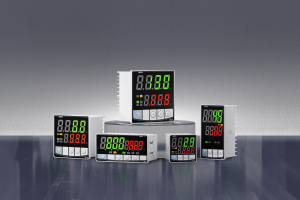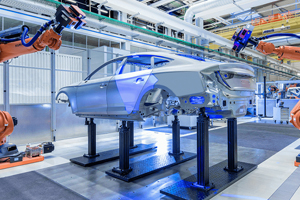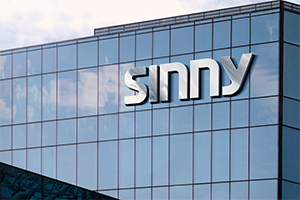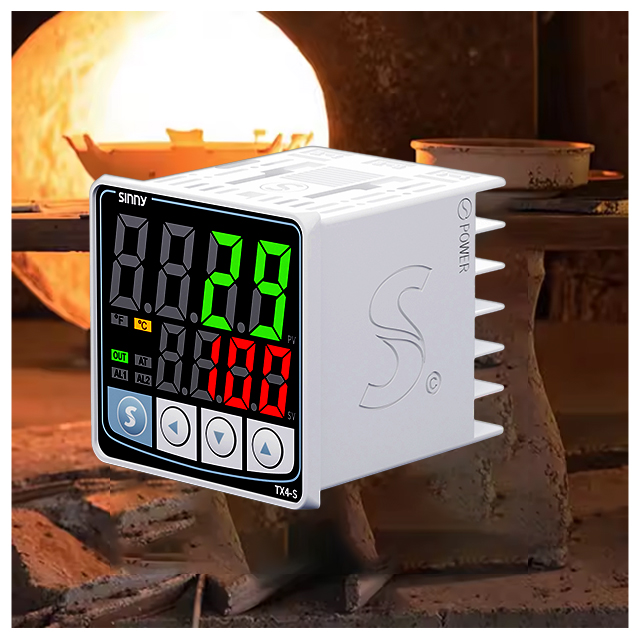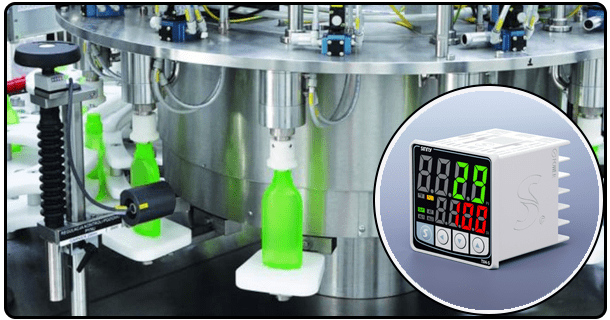The PID Setting for Temperature Control Tuning Guide and Industrial Parameters
Learn how to tune PID for extruders and reactors. Ziegler Nichols method, specific industry settings and AI optimization to achieve +-0.1degC temperature stability.
I. I. Introduction to the Precision Equation
Optimized PID tuning results in thermal stability of +-0.1degC, which reduces industrial energy consumption by 22%. (DOE-2023). ISA 5.1 audits show that misconfigured gains are responsible for 68% of temperature variations, resulting in product defects or regulatory noncompliance. This guide combines Ziegler Nichols' theory and application-specific protocols that have been validated through Control Station’s industrial research.
Reference to Authority: Whitepaper on Tuning Control Station PID
II. PID Parameters Decoded
1. Gain Dynamics (P) Proportional
Function Instantaneous Power Correction proportional to Error Magnitude
Tuning Protocol: Initialize at 0.5 x Ultimate Gain (Ku)
Consequence Analysis :
Overtuning: Causes oscillatory behaviour (>+-5% Setpoint Variance)
Over-Tuning : creates permanent offsets (DT >2degC).
2. Integral (I) Time Calculus
Unit Description Minutes/repeat
Formula Empirical: 1.2t
Implementing anti-windup logic in valve-controlled systems is a critical constraint.
3. Derivative (D) Action Mechanics
Intent: Rate-of-change Calculation for Error Trajectory Forecasting
Algorithm (D = 8th)
Noise mitigation: Stop when the signal variance is greater than 2% of full scale
III. Industry-Specific PID Settings Database
Application Settings for Optimal Performance Tuning method Certified Performance
Injection Molding P=8.2, I=0.5m, D=0 Lambda Tuning Cavity stability of +0.8degC
Industrial Ovens P=3.5, I=4.2m, D=0.2 Ziegler-Nichols 25% energy reduction
Pharmaceutical Reactors P=5.1, I=3.8m, D=0.1 Cohen-Coon Stability at 0.1degC for Synthesis
Steel Annealing P=1.4, I=18m, D=0.3 Internal Model Control +-4degC zone uniformity
Watlow application notes
IV. Step-by-Step Tuning Protocols
1. Ziegler-Nichols Closed-Loop Method
The Operational Sequence :
Disable derivative actions (D=0 and I=0).
Increase P gradually until oscillation is sustained (Ku).
Measure oscillation Period (Pu).
Implement:
Fu Zhi Dai Ma P = 0.6Ku I = Pu/2 D = Pu/8
Industrial limitation: aggressive for thermal processes t >15 minutes
2. Lambda Tuning for Slow Processes
The Parametric Equation :
Fu Zhi Dai Ma (P = 2t + Th) /(Kl) D = tth/ (2t+th)
Where:
t = time constant (minutes)
Dead time is measured in minutes.
l = desired closed-loop response time
Validation test: apply 5% step change to setpoint; check settling within 4l
3. Automatic Tuning Function Execution
Protocol for Activation: Start at 60°C operating temperature
Fault Modes :
Exothermic systems are non-linear.
Measurement noise exceedingly high (SNR > 10:1)
V. Advanced Tuning Architectures
1. Cascade Control Optimization
Master Loop Configuration :
Settings: P=1.5-2.0, I=6-8m
Function : Controls the thermal envelope
Implementation of the Slave Loop :
Settings: P=0.8-1.2, I=0.1-0.5m
Function Regulates heater current/valve positions
Application: Glass tempering furnaces requiring +-2degC uniformity
2. Schedule Adaptive Gains
Algorithmic Framework :
Fu Zhi Dai Ma I = I0[1+0.02(DT/dt )] // Adjustment for dynamic response
Efficacy: 57% faster settling in rubber vulcanization
3. Fuzzy Logic Optimization
Rules-Based Implementation :
Fu Zhi Dai Ma If error=large and dError=positive, High P, No D. If error=small and dError=negative, Low P, Middle D
Certified Results: 63% Overshoot Reduction in Ceramic Kilns (IEEE).
VI. Troubleshooting Matrix
Symptom Root Cause Corrective Action Verification Metric
Persistent offset Unsuitable I-Action Reducing I-time to 30-40% <0.5% steady-state error
Cyclic overshoot Over-P-Gain Add D = 0.2 to 0.4 Setting time > 4t
Slow Disturbance Resist Conservative Gains Reduce I by 40%; increase P by 25% Recover within the 2nd
Signal Induced Chatter Noise amplification Moving Average 2-5s Reduced variance > 70%
VII. Case Study: Polymer Extrusion Optimization
Pre-Tuning Condition: +-7degC variance causing 18% material degradation
Process Characterization :
Dead Time (th) = 90s
Time constant (t) = 210s
Cohen-Coon Implementation :
Fu Zhi Dai Ma (t/th + 12t/th/30th/th) = 8.3m I = 30 + 3th/t / (9 + 20th/t/th) = 1.11m D = 11 + 2nd/t = 0.04
Validated Results :
0.9degC stability at die exit
Reduced Scrap Rate by 31%
Return on Investment in 47 Days
Plastics Today Technical Review
VIII. Emerging AI Tuning Technologies
1. Siemens PID4.0 Neural Optimization
Architecture : Deep Reinforcement Learning
Efficiency : 22% faster convergence than Auto-Tune
2. Rockwell AutoTune Plus (tm)
Mechanism : cloud-based historical data Regression
Accuracy: Includes +-0.25 degC for PET blow molding
3. Edge-Embedded Adaptive Controls
Response Latency : 50ms for thermal semiconductor chambers
Implementation of : Faster gain calculations using FPGA
Related product links


